Here’s a mash-up you didn’t see coming: It turns out that LimeWire was the mystery buyer of the Fyre Festival’s brand assets back in July, when it spent $245,300 to acquire the failed music festival’s trademarks, intellectual property, and social media off eBay. But branding doesn’t really follow mathematical logic: Does the combination of two failed but infamous brands equal a net positive?
LimeWire’s betting on it. Fyre Fest’s new owner believes it can take the meme value of the failed festival to power something new that audiences will still find familiar. (Besides, it’s LimeWire. It can’t be too scared about Twitter dunks.)
A test case for two wrongs making a right
Anyway, neither company has had much success on its own. LimeWire is the Y2K-era peer-to-feer file-sharing service that in the early aughts offered internet users access to free, illegally downloadable music, all from the comfort of their home computers alongside competitors like Napster and Kazaa. LimeWire shut down in 2010, but Austrian brothers Julian and Paul Zehetmayr bought up the assets and relaunched it as an NFT platform in 2022.
And the 2017 Fyre Fest was, of course, a flop. Billed artists like Blink-182 pulled out, and after festival organizers suffered severe logistical failures they stranded attendees on an island in the Bahamas eating cheese sandwiches out of Styrofoam containers. Never mind that those attendees spent thousands of dollars to attend. Accommodations included disaster relief tents. And founder Billy McFarland’s plans for a Fyre Fest II never got off the ground.
But what Fyre Fest did do well—if by accident—was establish real brand recognition by becoming something of a schadenfreude content factory, inspiring a pair of documentaries on both Netflix and Hulu. Ryan Reynolds also referenced it in a 2019 ad for his brand Aviation Gin, in which he detailed just how far he was willing to go for his company. “He gets it,” Fyre festival investor Andy King said in the ad. The name “Fyre Fest” itself has become a cautionary tale and pop cultural shorthand for hubris and failure.
Reynolds and his production company Maximum Effort bid on Fyre Fest as well, though LimeWire outbid them. Maximum Effort then got in touch after the auction, Julian Zehetmayr tells Fast Company, and the two entities have already collaborated. Most immediately, the Fyre Fest brand appears briefly in a new ad Reynolds narrates for Visa that reimagines the company’s famous “It’s everywhere you want to be” slogan. Zehetmayr says they have other plans for the brand name, though he declines to share specifics.
“Congrats to LimeWire for their winning bid for Fyre Fest,” Reynolds said in a statement. “I look forward to attending their first event but will be bringing my own palette of water.”
LimeWire, Fyre Fest, and the trick to reviving zombie brands
Zehetmayr says he learned from his experience with LimeWire what not to do when buying up a “zombie brand,” or a failed brand that’s worth something only because it’s well-known. (Napster and Enron, which have been repurposed by new buyers, offer additional examples.) The most important thing is sticking to what people know the brand name for.
“One thing that we’ve learned with buying brands is that obviously you can’t go too far from the original concept,” Zehetmayr says.
After the Zehetmayrs bought LimeWire, they turned it into an NFT platform. But in 2024 LimeWire added decentralized file sharing, once again making the site a file-sharing platform. This time, however, it’s for legal and encrypted files.
Julian Zehetmayr says he and his brother are being intentional with the Fyre Fest brand, and “not trying to rush ourselves too much,” but they plan to make an announcement as soon as early next year about what they plan to do with it. Zehetmayr says they’re not bringing back the festival—or the cheese sandwiches—but they are bringing back the brand and meme through experiences.
“We’ve got quite a few concepts,” he adds. The value of the Fyre Fest brand, he says, is in the attention that it gets, but one thing he says they won’t do is take it too seriously.
“I think we’ll do the whole thing with a lot of self-awareness and humor, so we’re not pretending that we are buying a premium brand,” he says. He also sees the LimeWire and Fyre Fest brands as complementary.
“The brands kind of match,” Zehetmayr says. “Both very infamous and chaotic, both obviously very music and entertainment focused as well.” They also hit different age groups. While millennials might all know LimeWire, Fyre Fest “kind of also bridges the gap,” he says, for everyone under 28 who’s too young to remember the file-sharing era.
Like buying restaurants—or even a gin brand or sports team, for that matter—buying up zombie brands can require a gentle touch. Stray too far from what the brand’s known for and you lose the power of the name ID that you bought in the first place.
As Zehetmayr says: “Stick to the core that the brand represents.”






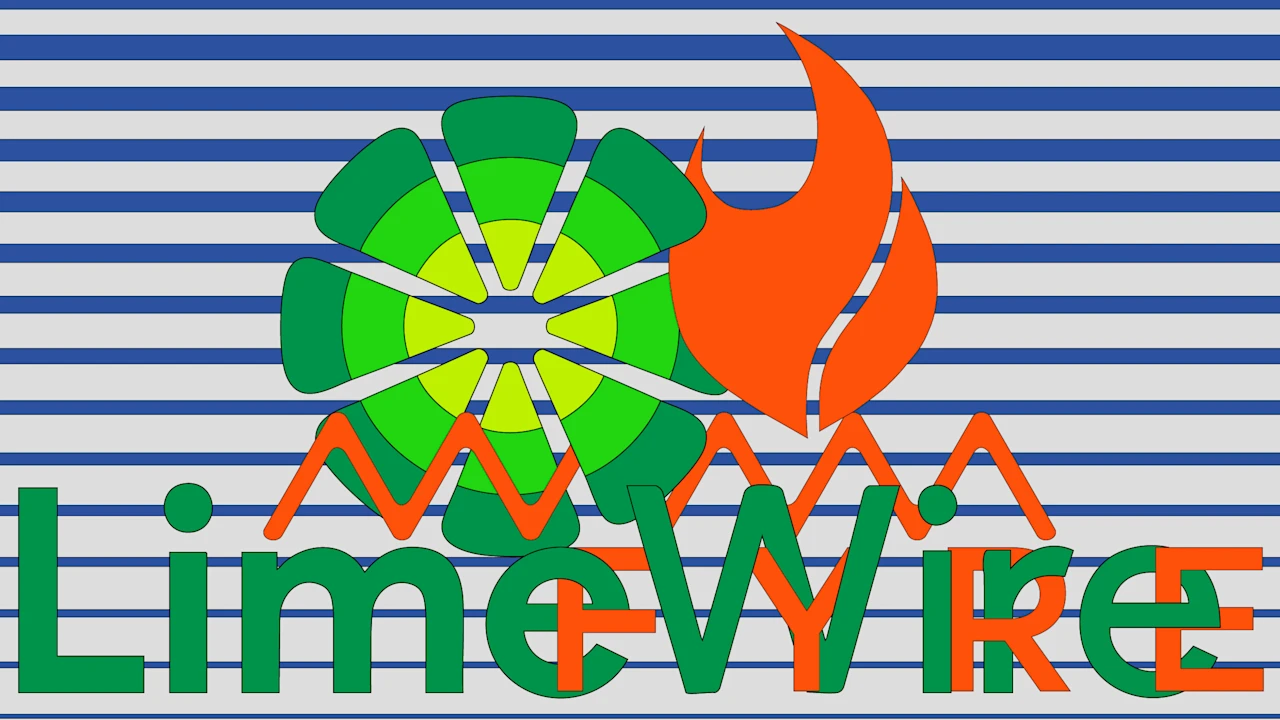
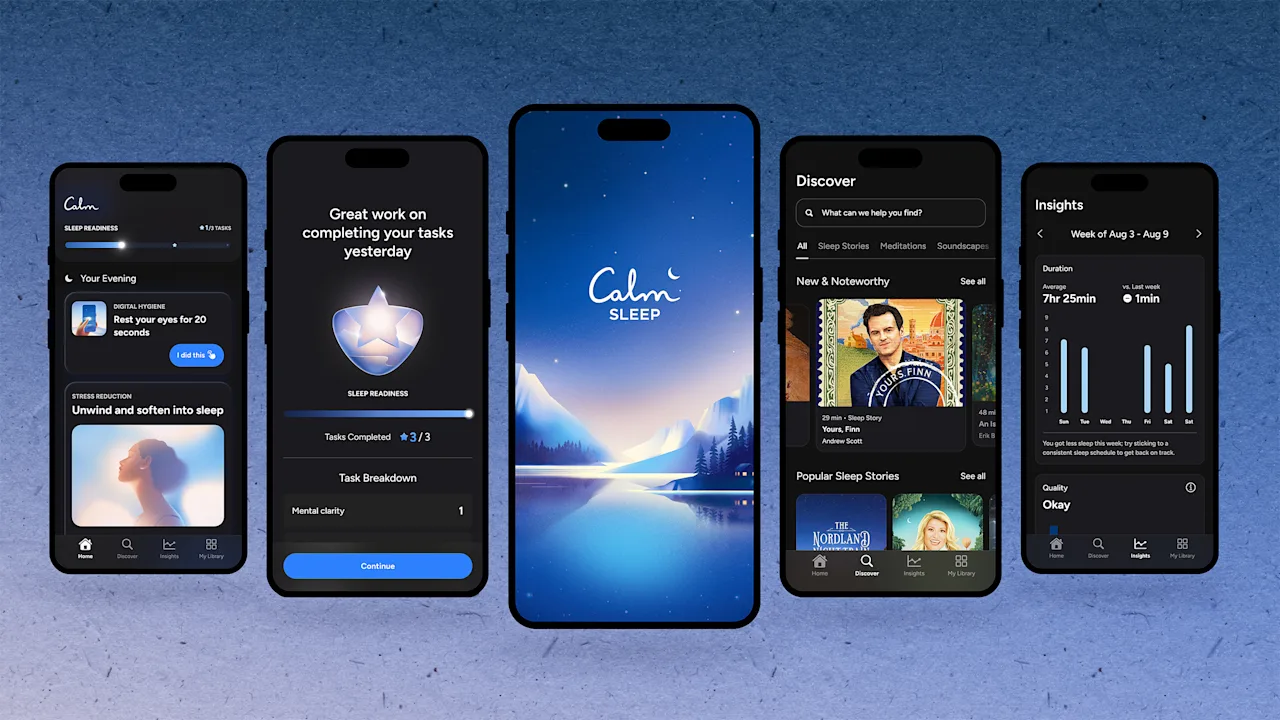

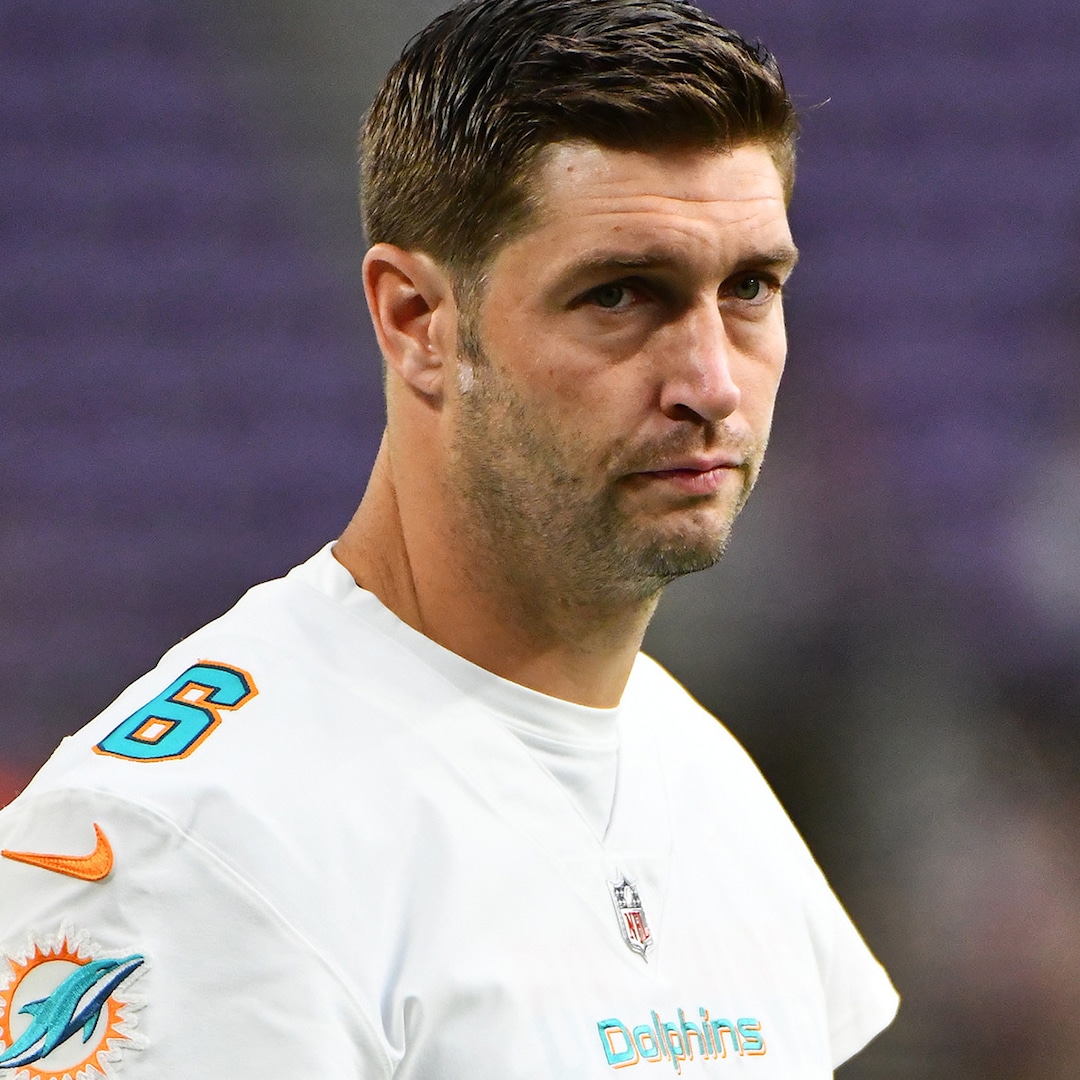



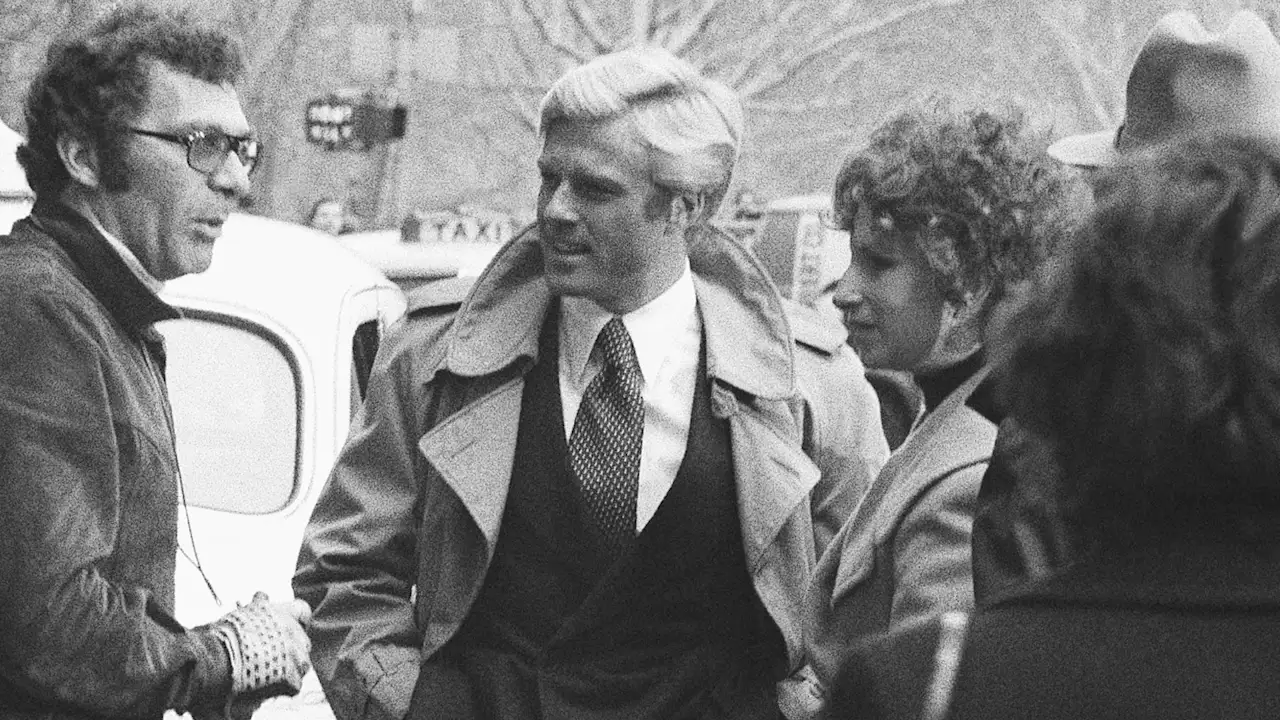
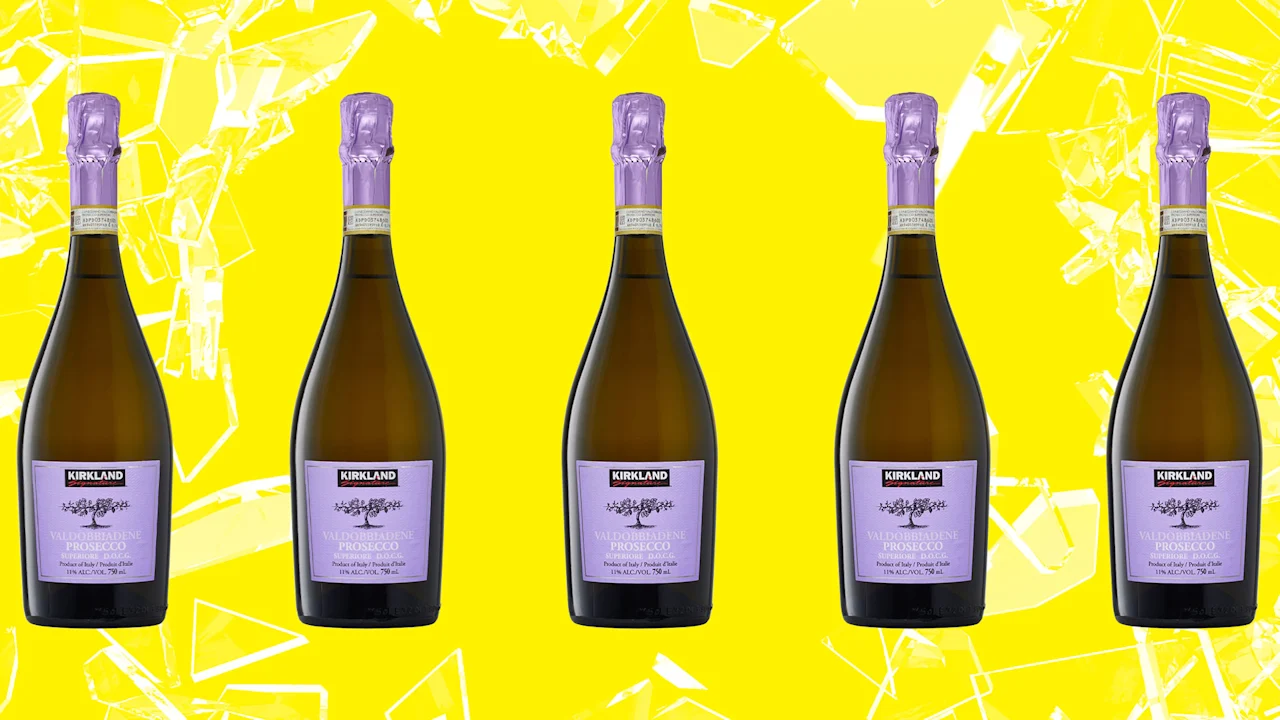
Leave a comment